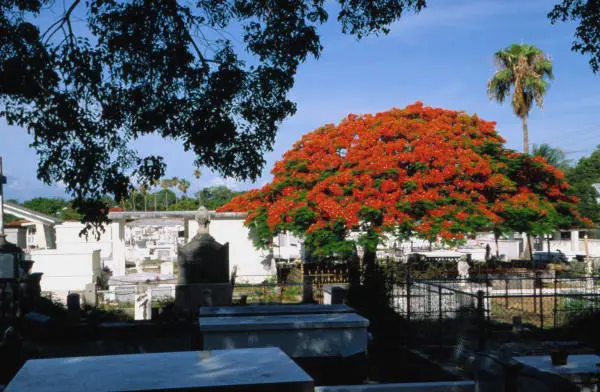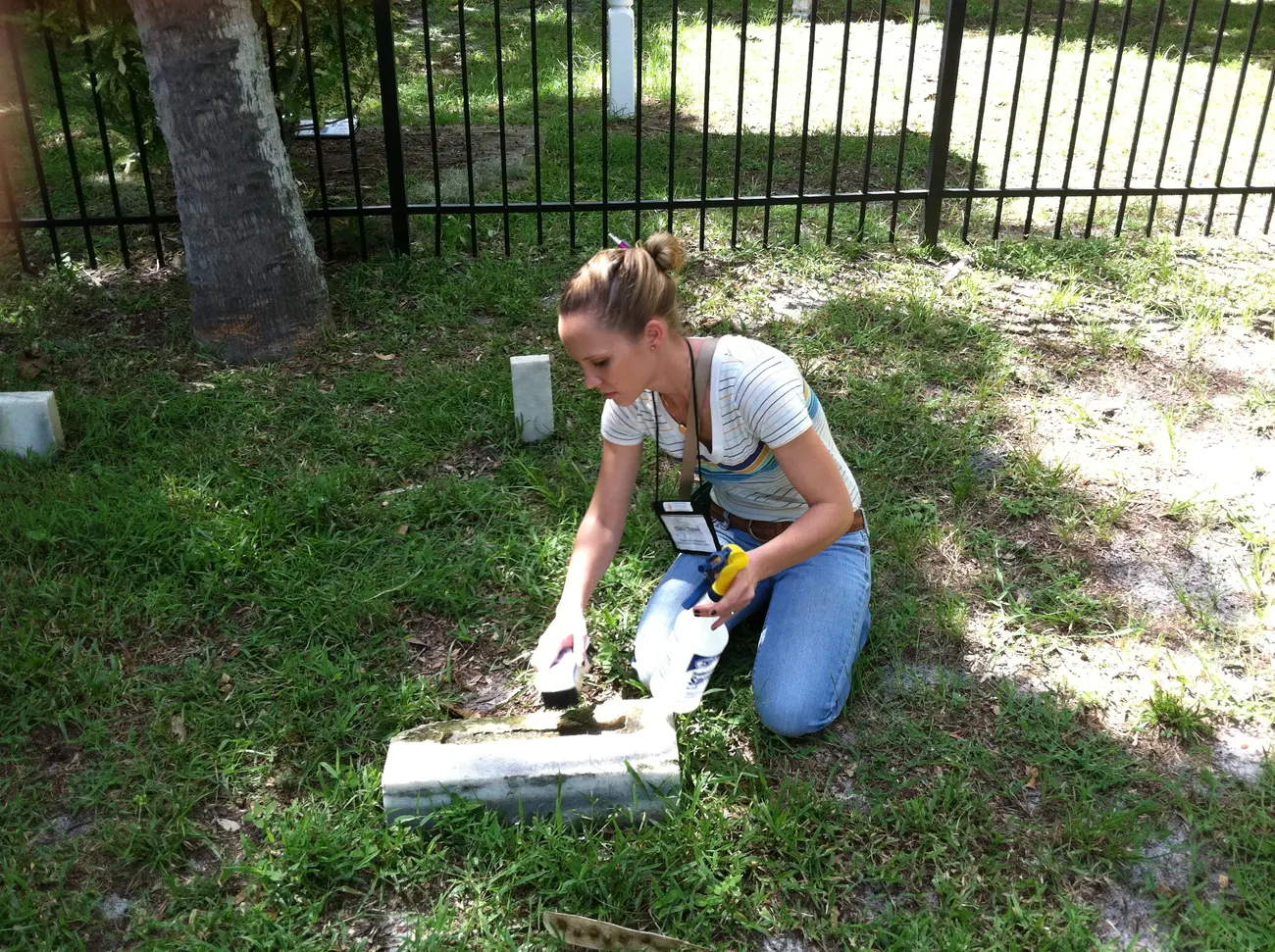Florida Today 21
Florida Frontiers “Cemeteries as Living History Symposium”
Ben Brotemarkle
After the loss of a loved one, a cemetery can be a place of quiet reflection, private mourning, and feeling more connected to the person who has passed away.
As years, decades, and centuries go by, cemeteries become outdoor museums, reflecting the values, beliefs, and attitudes of the societies that created them.
On Saturday morning, the Florida Historical Society Archaeological Institute (FHSAI) will present a symposium called “Cemeteries as Living History” at the Historic Rossetter House Museum and Gardens in the Eau Gallie section of Melbourne.
Dr. Rachel Wentz, Director of FHSAI, will lead a discussion about why archaeologists study cemeteries and what can be learned from them.
“They provide information on social structure, social stratification, technology,” Wentz says. “We get a lot of information from grave good assemblages, what people are buried with. Even the position of the body, how the grave is constructed, tells us a lot about belief systems within societies.”
Walk through a Florida cemetery that is more than fifty years old and it becomes readily apparent how various historical periods are reflected there. You can see people segregated by race, ethnicity, and religion, even in death. The very wealthy in life may be remembered with an ornate mausoleum, while a hard working but economically disadvantaged person may not even have a headstone.
As a bioarchaeologist, Dr. Wentz studies bones. She points out that skeletons found in ancient cemeteries are an essential part of archaeological studies.
“They give us information as to past diet, lifestyle, disease processes. We can trace the origins of diseases by studying skeletons.”
In addition to learning about what burial practices, and the burials themselves, can tell us about a society and its culture, participants in the “Cemeteries as Living History” symposium will be given an overview of historic Florida cemeteries. Ben DiBiase, Director of Educational Resources for the Florida Historical Society, will discuss historic cemeteries in Pensacola, St. Augustine, and Key West.
Although it was probably in use by the late 1700s, St. Michael’s Cemetery in Pensacola was officially recognized by the King of Spain in 1807. “It’s one of the oldest historic cemeteries in Florida, with over 3,000 known burials,” DiBiase says.
In St. Augustine, Catholics were buried at the Tolomato Cemetery in the 1700s and 1800s, with the last burial taking place there in 1884. The Huguenot Cemetery was where Protestants were buried between 1821 and 1884. “And of course, there’s the St. Augustine National Cemetery,” says DiBiase, “where there are a number of soldiers who were buried in the nineteenth century, including those who were killed in the infamous Dade Massacre of 1835.”
Over 100,000 people have been interred in the Historic Key West Cemetery, which is still in use today. DiBiase says that “In the nineteenth century, Key West was one of the largest cities in Florida because of its location as a trade port.”
As part of the symposium, DiBiase will lead a tour of the Houston Family Cemetery that is part of the Rossetter House Museum complex. “The Houston’s came to Brevard County in the mid-nineteenth century,” DiBiase says, “just before the American Civil War. John Carroll Houston is actually the oldest known burial in that site. He died in 1885, and his headstone is still there.”
Other workshops have been held recently providing information about the proper care and maintenance of historic cemeteries. While that information will also be covered on Saturday, FHSAI Director Rachel Wentz says that this symposium is different.
“We’re going to be looking at historic cemeteries and prehistoric cemeteries in a broader perspective,” Wentz says. “It’s going to be more of an engaging discussion on the role of cemeteries in modern life and in research.”
Cemeteries can help us feel more connected to those who have recently died, and they can help us to learn more about our distant past.
The Florida Historical Society Archaeological Institute will present the “Cemeteries as Living History” symposium on Saturday, June 21, from 9:00 am to 12:00 pm at the Historic Rossetter House Museum and Gardens, 320 Highland Avenue, in the Eau Gallie section of Melbourne. Admission if free, but a $10 donation is suggested.
Dr. Ben Brotemarkle is executive director of the Florida Historical Society and host of the radio program “Florida Frontiers.” The show can also be heard online at myfloridahistory.org.
Photo 1 caption info: More than 100,000 people have been buried in the historic Key West Cemetery.
Photo 2 caption: A volunteer uses “best practices” to clean a headstone in the Houston Family Cemetery in Eau Gallie.

